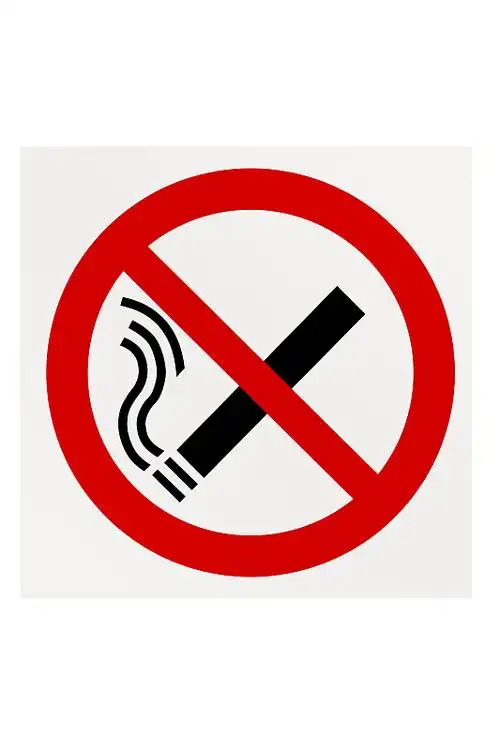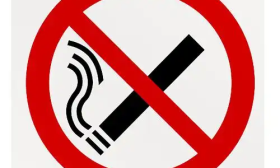Henoch-Schönlein Purpura, often referred to as IgA vasculitis, is a condition that many might associate with childhood, characterized by a distinctive rash, joint pain, and abdominal discomfort. However, its implications can be far more serious, particularly when it involves the kidneys. A growing body of evidence is pointing towards a modifiable environmental factor that could be significantly worsening this renal outcome: tobacco use. While the link between smoking and diseases like lung cancer or COPD is well-known, its role in exacerbating autoimmune and inflammatory conditions like HSP is a critical area of modern clinical research. Understanding this connection is paramount for patients and healthcare providers aiming to mitigate the long-term risks associated with this vasculitis.

The journey of HSP begins in the small blood vessels, where immunoglobulin A (IgA) deposits trigger widespread inflammation. This inflammation is what causes the classic symptoms—the palpable purpura on the legs, the swollen ankles, the cramping abdominal pain. For a majority, these symptoms resolve. But for a significant minority, the inflammation travels to the kidneys, a condition known as Henoch-Schönlein Purpura Nephritis. This is the most severe complication of HSP. The kidneys, our body's sophisticated filtration system, become damaged. They may start leaking protein or blood into the urine, and in the most severe cases, this can progress to chronic kidney disease or even renal failure. The central question then becomes: what factors push a patient from a mild, self-limiting case towards significant renal involvement?
This is where tobacco enters the picture. We must first look at what cigarette smoke contains—a complex cocktail of over 7,000 chemicals, including nicotine, carbon monoxide, and numerous toxic oxidants. These components do not just passively affect the lungs; they actively orchestrate a state of systemic chaos. They promote oxidative stress, an imbalance between cell-damaging free radicals and the body's ability to counteract them. This oxidative stress is a key driver of inflammation. Furthermore, tobacco smoke disrupts the delicate balance of the immune system. It can lead to the production of autoantibodies and alter the behavior of immune cells, effectively lowering the threshold for an autoimmune flare-up. For someone with a condition like HSP, where the immune system is already mistakenly attacking the body's own blood vessels, tobacco smoke acts like pouring gasoline on a fire.
The biological pathways linking tobacco to worsened HSP are multifaceted. One primary mechanism is the direct aggravation of vascular inflammation. The endothelial cells that line the inside of all our blood vessels are particularly vulnerable to the toxins in smoke. Damage to this endothelial layer increases vascular permeability, or "leakiness," which could facilitate the deposition of those problematic IgA complexes in the glomeruli—the intricate filtering units of the kidney. Once deposited, these complexes attract more inflammatory cells, creating a cycle of injury and scarring within the kidney tissue.
Moreover, tobacco smoke has a profound impact on the immune response itself. Studies have shown that smoking can lead to higher circulating levels of certain cytokines, which are signaling proteins that drive inflammation. It can also skew the immune system towards a more aggressive, pro-inflammatory state. In the context of HSP, this means that the initial IgA-mediated inflammation is likely to be more intense and more persistent when the patient is exposed to tobacco. The body's defense system, already confused, becomes hyperactive, causing more collateral damage to the kidneys. This is not a mere theoretical risk; it is a measurable, physiological escalation of the disease process.
When we examine the clinical evidence, the correlation becomes hard to ignore. Numerous observational studies have tracked the outcomes of HSP patients, comparing those who smoke or are exposed to smoke with those who are not. The findings consistently show that tobacco use is associated with a higher incidence of renal involvement at the initial presentation of the disease. Patients who smoke are more likely to have abnormal urine tests showing significant proteinuria or hematuria right from the start. But the influence of tobacco does not stop at diagnosis. It also affects the disease's trajectory. HSP patients who continue to smoke have a poorer response to standard treatments, such as corticosteroids. Their disease is more likely to relapse, and they face a significantly higher risk of their kidney disease progressing to a chronic stage.
Perhaps one of the most compelling aspects of this relationship is the concept of dose-dependency. Research indicates that the risk of severe renal complications in HSP is not simply a "yes or no" question related to smoking. Rather, it appears to be a gradient. Heavy smokers, defined by pack-years of exposure, tend to have a more severe renal disease profile compared to light smokers. This dose-response relationship strengthens the argument for a direct causal link. It suggests that the cumulative toxic load from tobacco directly translates to a cumulative burden of kidney damage.
It is also crucial to address the issue of secondhand smoke. The risks are not confined to the individual holding the cigarette. For children diagnosed with HSP, exposure to environmental tobacco smoke in the home can be a major, and often overlooked, risk factor for developing Henoch-Schönlein Purpura Nephritis. A child's developing immune and renal systems are particularly vulnerable to these environmental insults. For adult patients, living with a smoker can similarly perpetuate a state of low-grade inflammation, potentially interfering with recovery and increasing the chance of relapse. This makes smoking cessation a family affair, a collective effort to protect the health of the vulnerable patient.
Given this powerful evidence, what can be done? The most immediate and effective intervention is smoking cessation. For a patient diagnosed with HSP, quitting tobacco is not just a general health recommendation; it is a critical component of their disease management strategy. The benefits of quitting begin almost immediately. As the body clears the toxicants, systemic inflammation begins to subside, blood pressure often improves, and the overall burden on the immune system is reduced. This creates a more favorable environment for the kidneys to heal and for medications to work effectively. Quitting smoking can be the single most impactful action a patient takes to prevent the long-term progression of their kidney disease.
The path to quitting is challenging, and patients should not be expected to walk it alone. Healthcare providers play an essential role in integrating tobacco cessation into the HSP treatment plan. This involves a multi-step approach. First, systematically asking every HSP patient about their tobacco use and exposure. Second, clearly advising them to quit, directly linking this action to their specific kidney health outcomes. Third, assessing their willingness to quit and providing support. This support can include behavioral counseling, which helps patients develop coping strategies, and access to pharmacotherapy. Nicotine replacement therapies like patches or gum, as well as prescription medications, can double the chances of a successful quit attempt. Providing these resources is an investment in the patient's long-term renal health.
Beyond individual action, there is a need for broader awareness. Many patients and even some clinicians may not be fully aware of the strong connection between a modifiable lifestyle factor like smoking and the prognosis of a disease like HSP. Educational initiatives within rheumatology and nephrology clinics can help bridge this knowledge gap. Informational pamphlets, posters, and direct conversations can empower patients with the knowledge that their choices have a direct and powerful impact on their disease course. This understanding can be a powerful motivator for change.
In conclusion, the narrative of Henoch-Schönlein Purpura is evolving. It is no longer viewed solely through the lens of immunology and genetics. Environmental triggers, with tobacco smoke being a prime and potent example, are now recognized as major players in determining disease severity and organ involvement. By recognizing tobacco as a significant inducer of increased renal damage in HSP, we open up a powerful avenue for prevention and improved outcomes. Through a combined effort of patient education, robust clinical support for smoking cessation, and continued research, we can work towards a future where the damaging effects of tobacco on the kidneys are a preventable complication, not an inevitable consequence.












